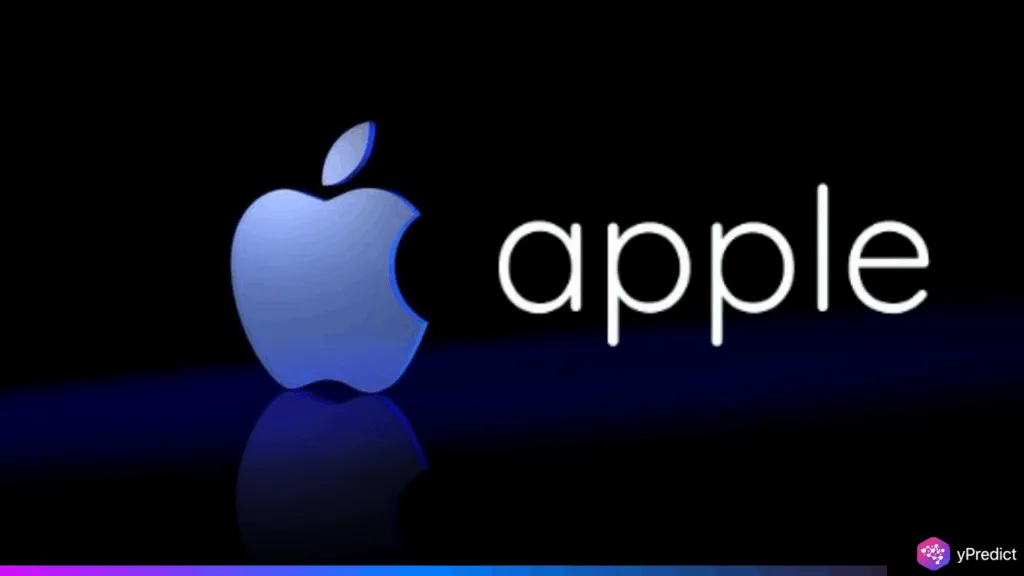
Apple is turning to generative AI to reshape how it designs the custom chips that power its most advanced devices. In a private speech last month, Johny Srouji, Apple’s senior vice president of hardware technologies, revealed the company’s growing interest in using AI to boost productivity in chip development. Srouji delivered the remarks while accepting an award in Belgium from Imec, a leading semiconductor research group. The speech, obtained by Reuters, offers rare insight into Apple’s AI ambitions, especially how they tie into hardware innovation.
AI Set to Revolutionise Apple’s Chip Design Process
Srouji said Apple is actively exploring how generative AI can enhance its custom chip workflows. He described the technology as a “huge productivity boost” that could help teams complete more design tasks in less time. Generative AI techniques have a high potential in getting more design work in less time, Srouji said. And it can be a huge productivity boost.
Apple’s chip development has long relied on cutting-edge tools. Srouji emphasized that staying ahead in chipmaking demands full integration of the latest advancements, including AI-backed design software. As Apple’s devices become more complex, the company sees AI as a way to manage that growing complexity more efficiently.
Apple Partners Push AI into EDA Tools
Apple’s remarks also highlight the importance of AI adoption by its tool providers. Srouji mentioned that electronic design automation (EDA) firms like Cadence Design Systems and Synopsys—both long-time industry leaders—are racing to integrate generative AI into their offerings.
“EDA companies are super critical in supporting our chip design complexities,” Srouji noted. These firms play a crucial role in helping Apple engineers design and simulate the custom chips that go into iPhones, Macs, and now Vision Pro headsets. With AI entering the EDA space, Apple expects its chip design process to become faster, smarter, and more adaptive.
From A4 to Apple Silicon: The AI Push Continues
Apple began its journey into custom chip design with the A4 chip in 2010. Over the years, its engineering approach has evolved significantly, culminating in the development of Apple Silicon, the company’s processor line that now powers all new Macs. In his speech, Srouji revisited Apple’s decision to shift from Intel processors to Apple Silicon in 2020.
That transition marked one of the company’s biggest hardware bets, one made with no contingency plan. He said Apple is fully committed to the move, including a complete software overhaul to support the new architecture. Moving the Mac to Apple Silicon was a huge bet for us. There was no backup plan, he said. Now, Apple believes generative AI will be the next major catalyst to push custom chip innovation even further.
AI Is Becoming Central to Apple’s Hardware Strategy
While Apple Intelligence features may dominate headlines, it’s the backend use of AI in custom chip design that could bring long-term performance gains. Srouji’s comments suggest Apple sees AI not just as a user-facing tool but as a foundational technology in its product creation pipeline.
By embedding generative AI into its chip development process, Apple could reduce time-to-market, cut design complexity, and improve chip efficiency across its product ecosystem. Apple hasn’t shared specifics on how far along it is in applying generative AI to chip workflows. But Srouji’s words make it clear that AI is now central to how it will build the next generation of devices.






